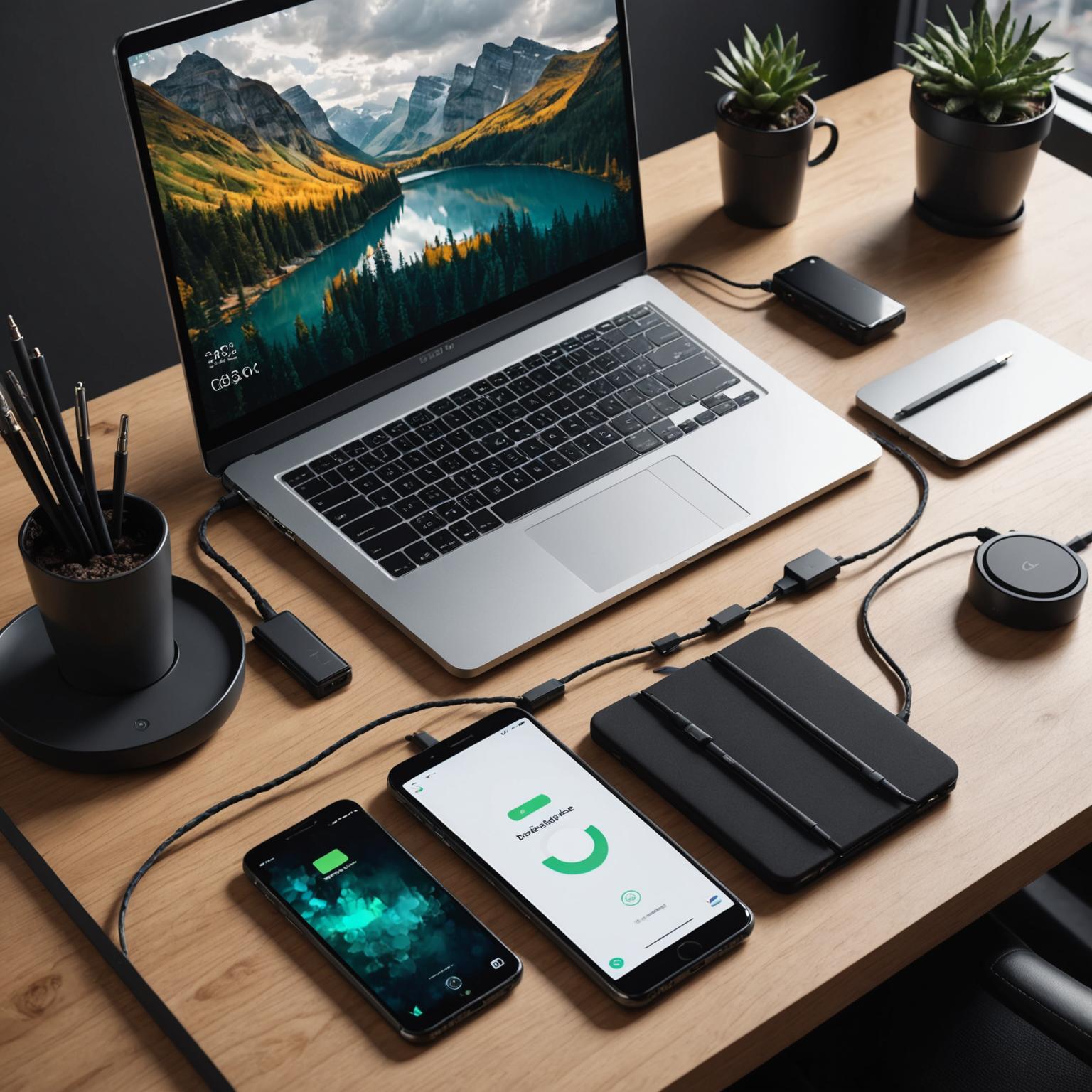In today’s tech-driven world, the USB-C port has become nearly universal, connecting everything from flagship smartphones to laptops and accessories. With this standardization, one might assume that any old cable will do, but the reality is far more complex. Choosing the right type-c data cable is crucial to unlocking the full potential of your sophisticated devices, ensuring not just power but also swift and stable data exchange. For a premium device boasting a vibrant edge-to-edge display and a top-tier processor, settling for a subpar cable can lead to frustratingly slow charging speeds and data transfer bottlenecks, undermining the very innovation you invested in.

The Old vs. The New: Type-C’s Clear Advantages
Before the rise of USB-C, the world of charging cables was fragmented and often frustrating. Many will remember fumbling with Micro-USB connectors, trying to plug them in the right way, or carrying separate proprietary cables like Apple’s Lightning connector. Type-C revolutionized this experience with its symmetrical, reversible design, eliminating the guesswork entirely. But the upgrade is more than just a convenience. Compared to its predecessors, the Type-C standard supports significantly higher power delivery, enabling the fast-charging features we now rely on. Furthermore, its data transfer capabilities are vastly superior. While a basic Micro-USB 2.0 cable tops out at 480 Mbps, various Type-C standards can support speeds from 5 Gbps all the way to 40 Gbps and beyond, making it indispensable for transferring large files from a high-performance smartphone.
Charging vs. Data Transfer: Not All Cables Are Created Equal
One of the most common points of confusion lies in the difference between a dedicated Type-C charging cable and a full-featured data cable. On the surface, they look identical, but their internal wiring tells a different story. Many cheaper cables are designed solely for charging; they contain the necessary wires to deliver power but omit the additional wires required for high-speed data communication. Using such a cable means you can power up your device, but you won’t be able to sync your photos, connect to your car’s infotainment system, or transfer large video files. For a premium smartphone designed for capturing life’s moments in stunning detail, a true type-c data cable is non-negotiable. It ensures that you can move your high-resolution media to a computer for editing or backup without waiting for an eternity, preserving the seamless experience the device manufacturer intended.
Built to Last: The Importance of a Durable Type-C Cable
Beyond functionality, the physical integrity of a cable is a major factor. We’ve all experienced the frustration of a frayed or broken cable that stops working after just a few months of use. This is where investing in a durable Type-C cable pays dividends. These cables are engineered to withstand the rigors of daily life, from being bent and twisted to getting stuffed into a bag. The primary difference lies in the materials and construction. A standard cable often uses a thin PVC jacket and weak strain relief at the connector points, which are prone to failure. In contrast, a durable Type-C cable typically features a braided nylon exterior that resists tangling and abrasion, along with reinforced connector housings that prevent bending and breaking at the most vulnerable points. This superior construction not only extends the cable’s lifespan, saving you money on replacements, but also ensures a more reliable and secure connection every time you plug it in.
Making the Right Choice for Your Device
In conclusion, the world of Type-C cables is surprisingly diverse. While the connector is standardized, the performance and longevity can vary dramatically. The choice between a basic Type-C charging cable and a high-speed type-c data cable depends entirely on your usage. Similarly, opting for a robust, well-constructed cable over a flimsy, standard one ensures reliability and longevity. To truly complement a cutting-edge smartphone with its powerful processor and advanced features, it is essential to look beyond the connector and consider the cable’s full capabilities. By understanding these key differences, you can select the perfect type-c data cable to match your needs, guaranteeing fast charging, rapid data transfers, and lasting performance.
